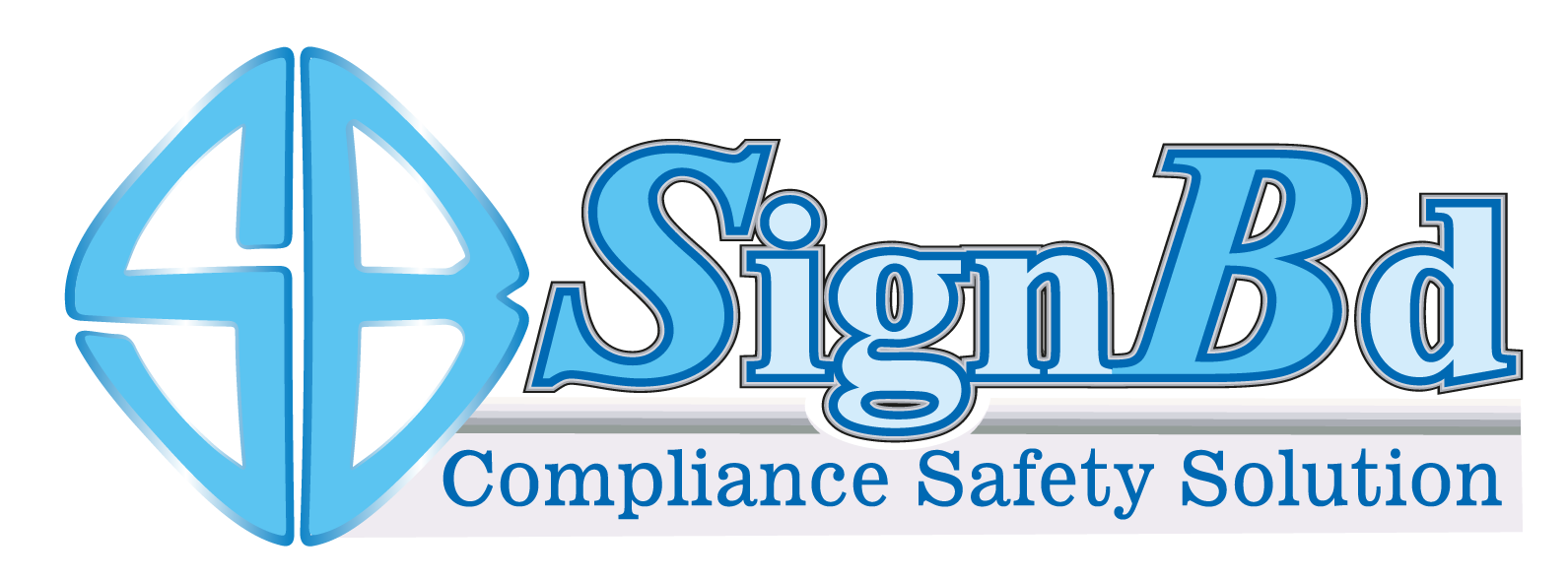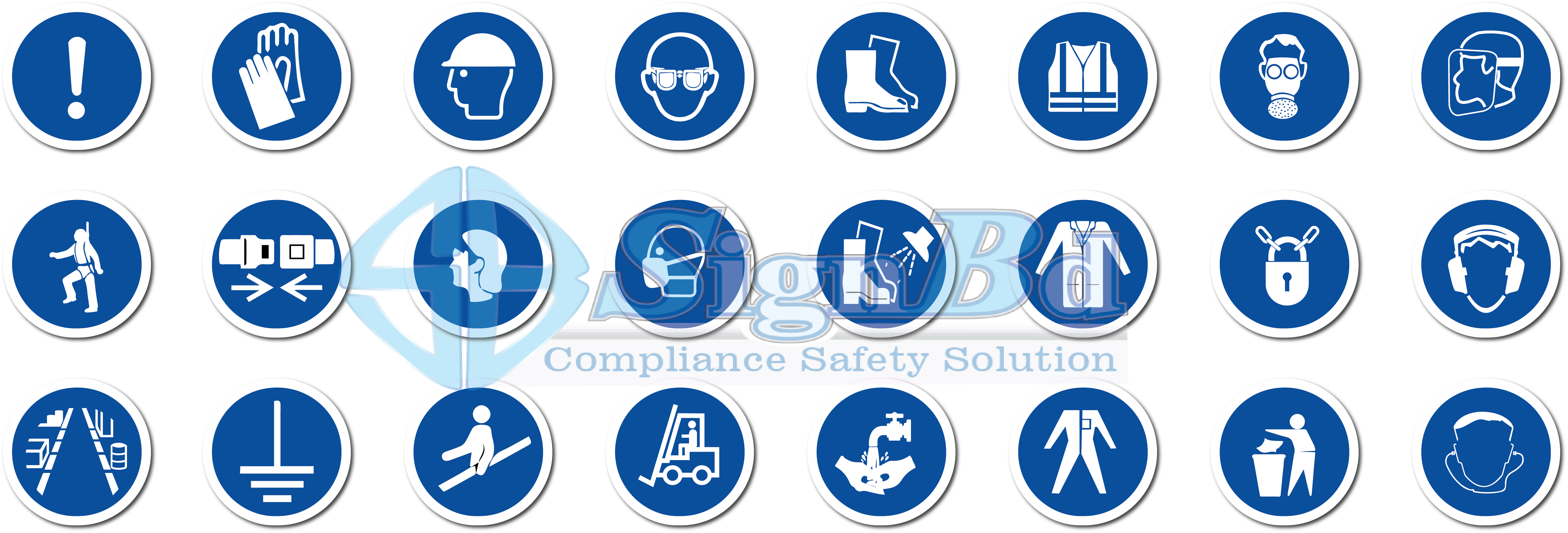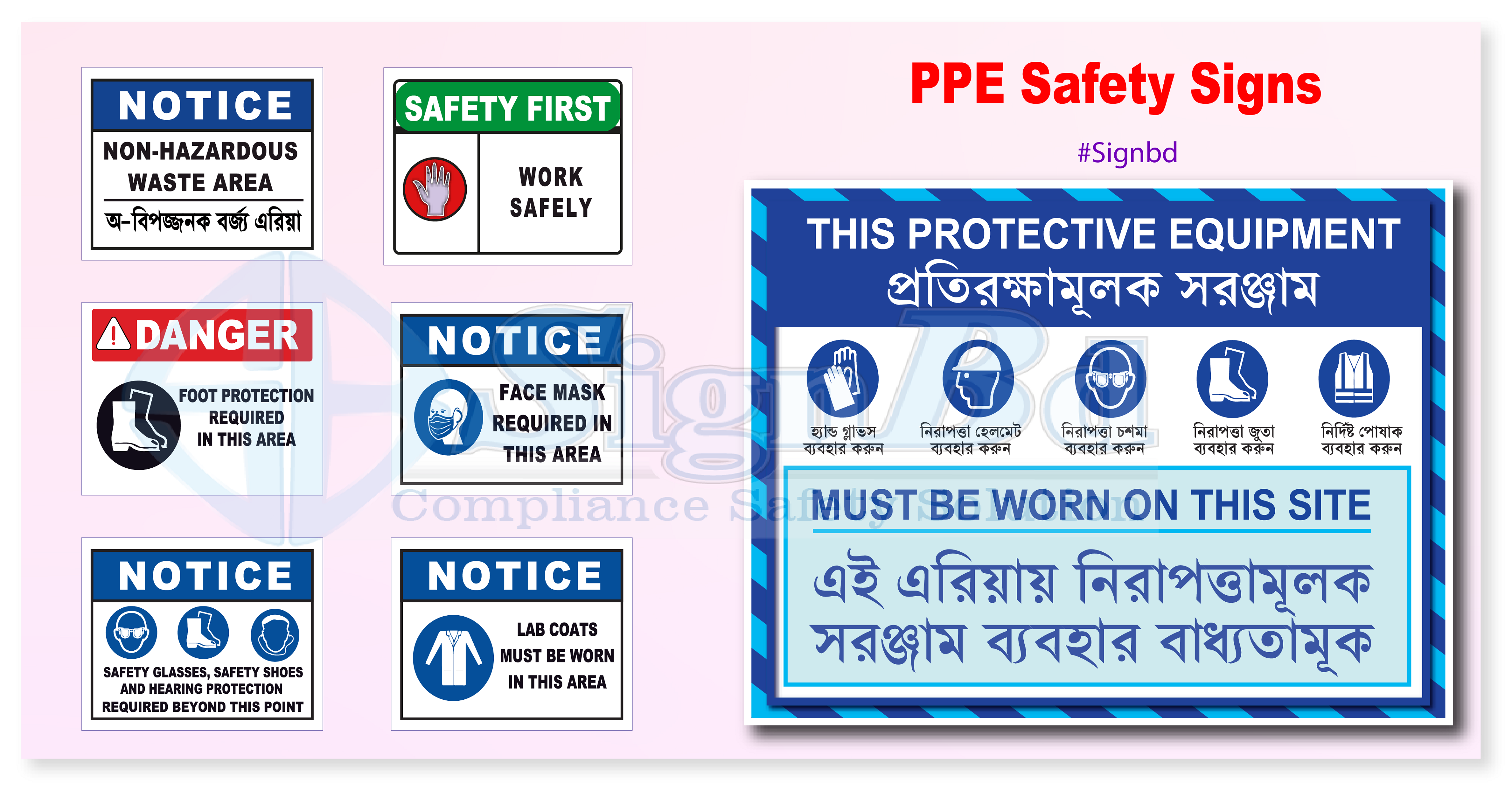+8801600371198
sign_bd@yahoo.com
Account Login
Blog
Home>>Warehouse Safety Sign
Warehouse Safety Signs
Ensuring Warehouse Safety: The Vital Role of Safety Signs
Maintaining a secure and efficient warehouse environment hinges on the strategic use of safety signs. These crucial markers serve as guides to prevent accidents, communicate essential information, and ensure the well-being of everyone within the facility. From handling hazardous chemicals to managing food storage, warehouse safety signs are indispensable in safeguarding diverse industries.
The Critical Role of Warehouse Safety Signs
Warehouse safety signs are more than just compliance tools; they are vital for promoting a secure work environment. These signs provide clear warnings about potential hazards, offer instructions for safe practices, and ensure that workers and visitors are aware of necessary precautions. By clearly marking risks and guidelines, safety signs help prevent accidents and promote a culture of safety.
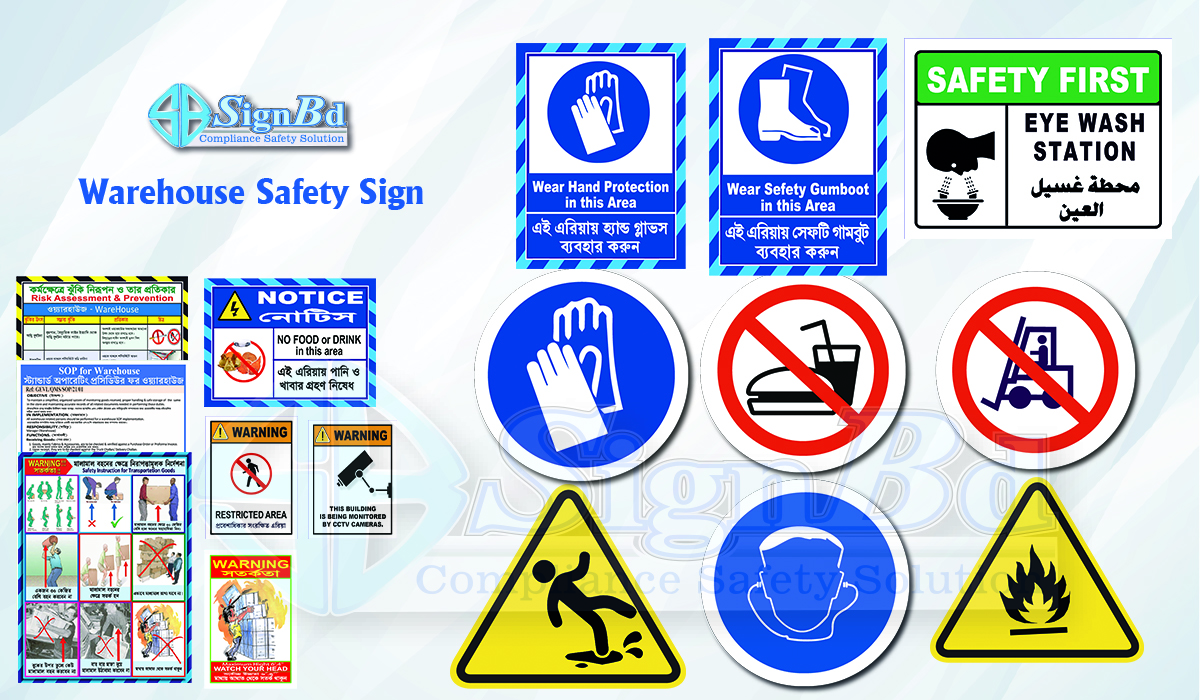
Types of Warehouse Safety Signs
Warehouses serve various industries, each with its unique safety requirements. Understanding the specific needs of each type of warehouse is crucial for implementing effective safety signage.
Fabric Warehouses: Handling Heavy Materials Safely
Fabric warehouses often deal with bulky and heavy materials. Safety signs in these environments focus on the proper handling and storage of fabrics, precautions for operating machinery, and the essential use of personal protective equipment (PPE) to prevent injuries.
Chemical Warehouses: Stringent Safety Measures
Chemical warehouses require strict safety protocols due to the inherent risks of storing hazardous substances. Safety signs in these facilities provide critical information about the types of chemicals stored, emergency procedures, and mandatory protective measures to ensure worker safety and prevent chemical accidents.
Machinery Warehouses: Preventing Equipment-Related Accidents
Warehouses housing heavy machinery necessitate robust safety signage to prevent accidents. These signs include instructions for proper equipment handling, designate restricted areas, and mandate the use of safety gear, ensuring that all personnel operate machinery safely and efficiently.
Pharmaceutical Warehouses: Maintaining Integrity and Safety
Pharmaceutical and medical supply warehouses require specialized safety signs to maintain product integrity and worker safety. These signs focus on temperature control, hygiene standards, and protective clothing requirements, ensuring that stored drugs and medical supplies remain safe and effective.
Leather Warehouses: Addressing Flammability and Machinery Hazards
Leather warehouses handle flammable materials and heavy machinery, making safety signage critical. Signs in these facilities emphasize fire safety protocols, precautions for handling leather products, and guidelines for using machinery safely, reducing the risk of fires and accidents.
Food Warehouses: Ensuring Hygiene and Cleanliness
Food storage facilities prioritize hygiene and cleanliness to prevent contamination. Safety signs in these warehouses provide guidelines for food handling, temperature control, and the use of PPE, helping maintain high food safety standards and preventing health hazards.
Warehouse Policies and Compliance
Implementing a comprehensive safety signage policy is essential for regulatory compliance and effective risk management. This policy should address the specific safety concerns of each warehouse type and outline procedures for mitigating risks, ensuring that all safety measures are systematically followed.
The Importance of PPE Signs in Warehouses
Personal Protective Equipment (PPE) signs are crucial in reminding workers to wear necessary protective gear. Depending on the warehouse environment, these signs prompt the use of helmets, gloves, safety vests, and other protective measures, significantly reducing the risk of injuries.
Enhancing Safety Through Education and Training
Regular training sessions on the meaning and importance of safety signs and policies are vital for maintaining a safe warehouse environment. Educating workers about emergency procedures, the significance of various signs, and compliance with safety protocols fosters a culture of safety awareness and preparedness.
Conclusion: The Imperative of Warehouse Safety Signs
In conclusion, warehouse safety signs are fundamental in promoting a secure working environment across various industries. Whether dealing with fabrics, chemicals, machinery, pharmaceuticals, leather, or food, effective safety signage and policies are key to preventing accidents and ensuring the safety and well-being of warehouse workers and visitors. Stay vigilant, stay safe!
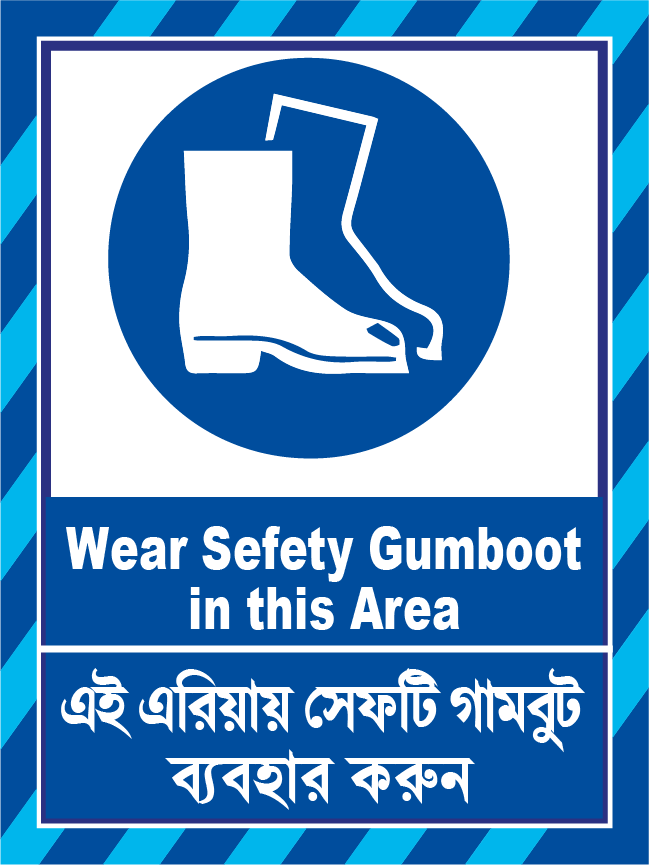
Wear Safety Gumboot Sign
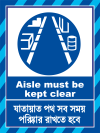
Aisle must be clear
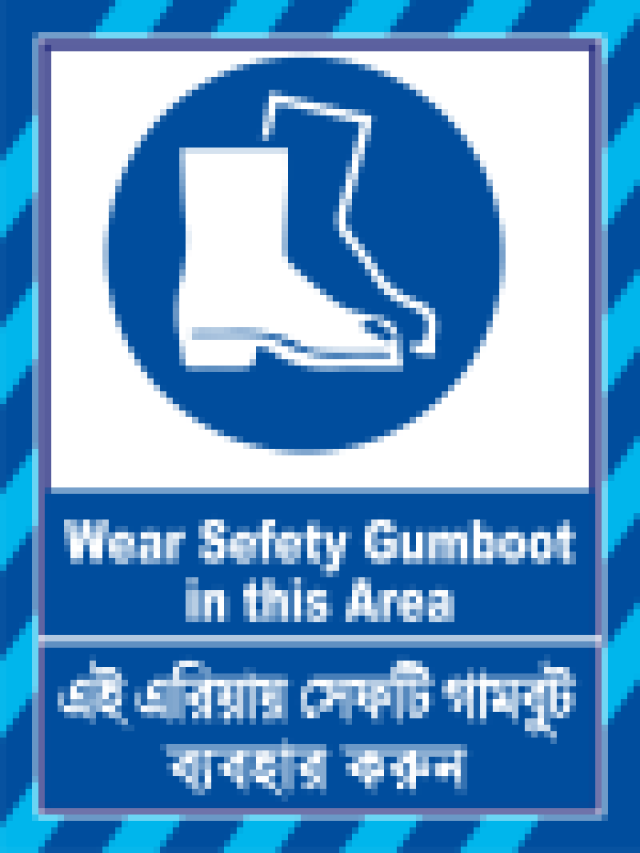
Wear Gumboot Sign
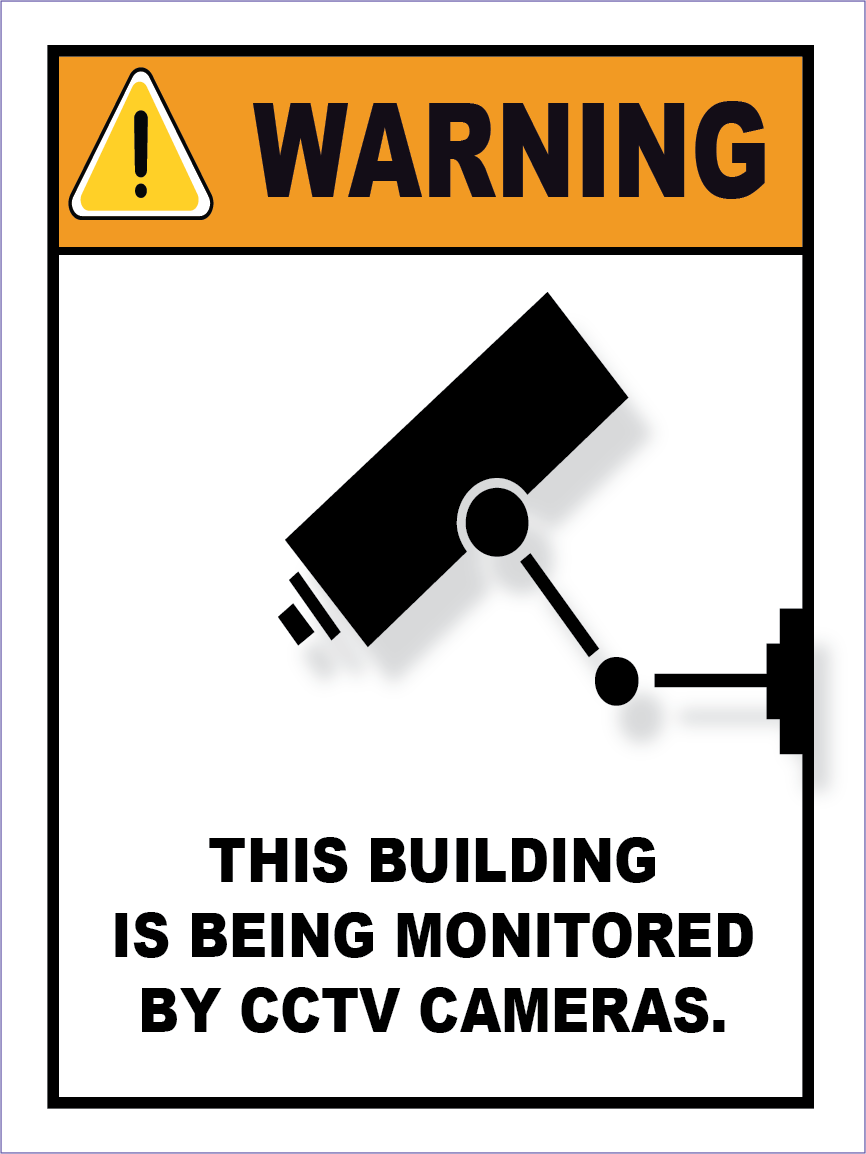
CCTV Cameras Sign

Keep Out in this Area Sign
#WarehouseSafety #SafetyFirst #WorkplaceSafety #SafetySigns #Warehousing #PPE #IndustrialSafety #RiskManagement #SafetyGuidelines #SafetyAwareness #OccupationalSafety #WarehouseManagement #SafeWorkEnvironment #SafetyCompliance #HealthandSafety #WarehousePolicy #SafetyTraining #EmergencyProcedures #SafetyCulture #EmployeeSafety

The Essential Role of Caution Signs in Workplace Safety
Ensuring Safety Across Various Industries
In the world of industrial and manufacturing organizations, safety is paramount. Caution signs play an essential role in ensuring the well-being of employees and workers. This article delves into the significance of warning signs across various industries and how they contribute to workplace safety.
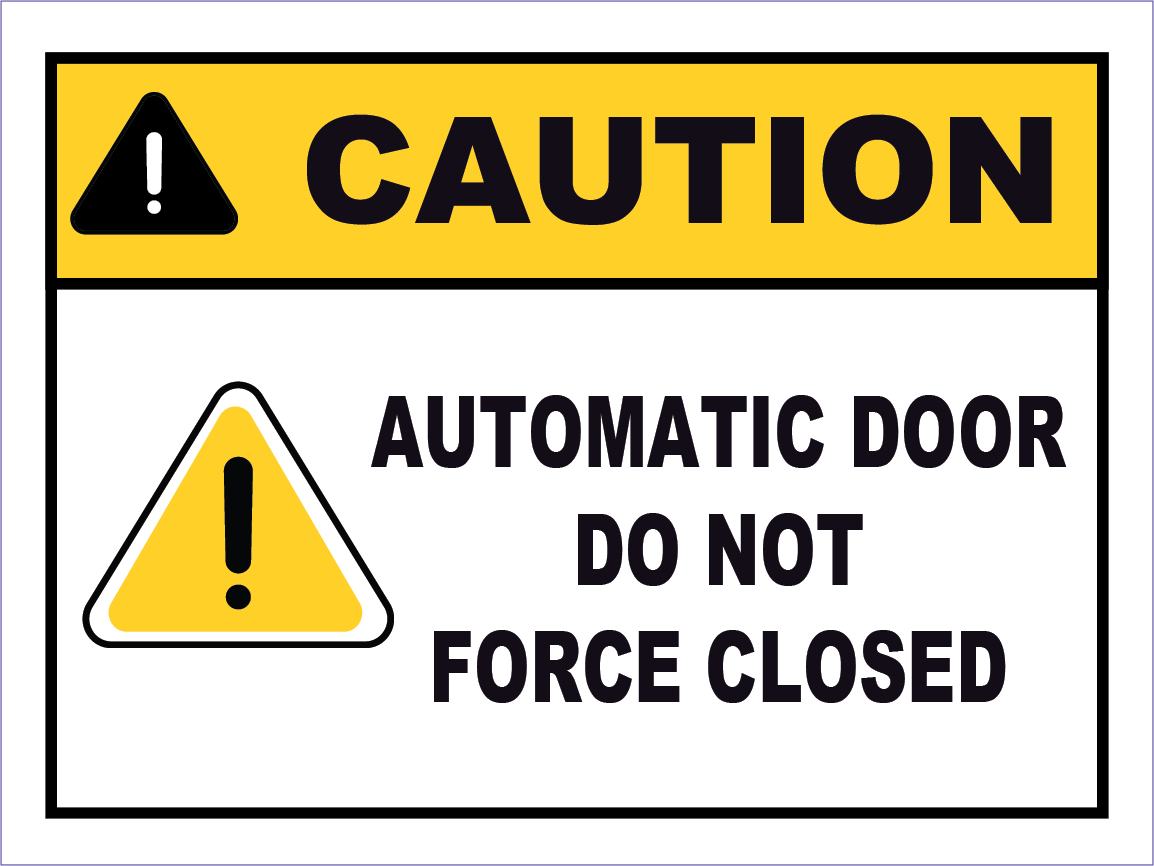
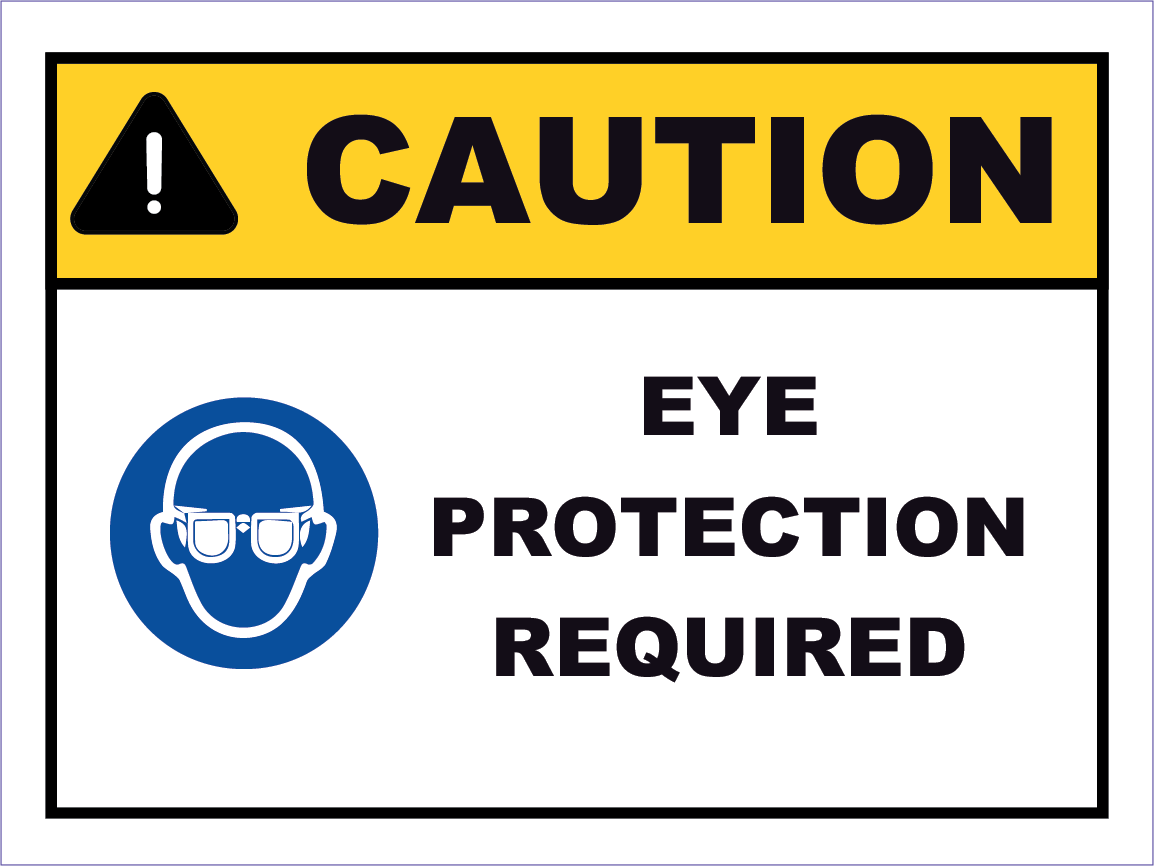
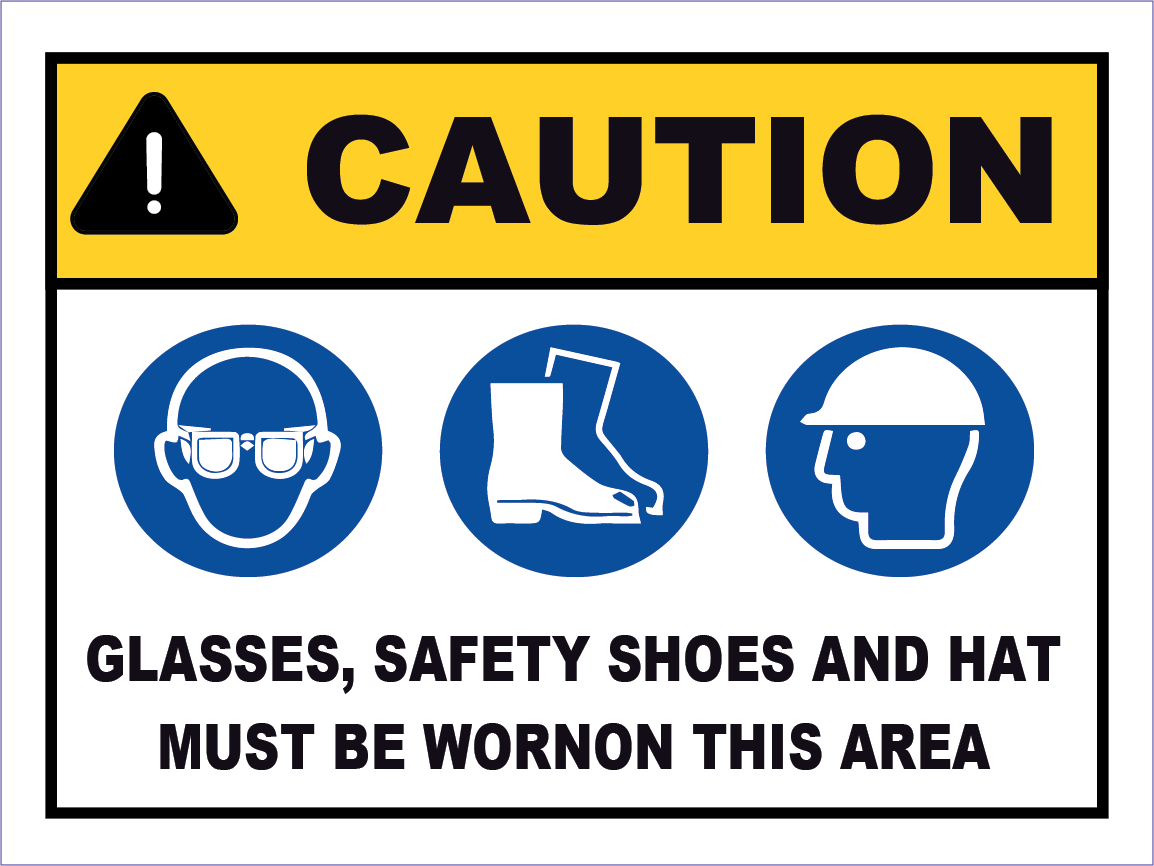
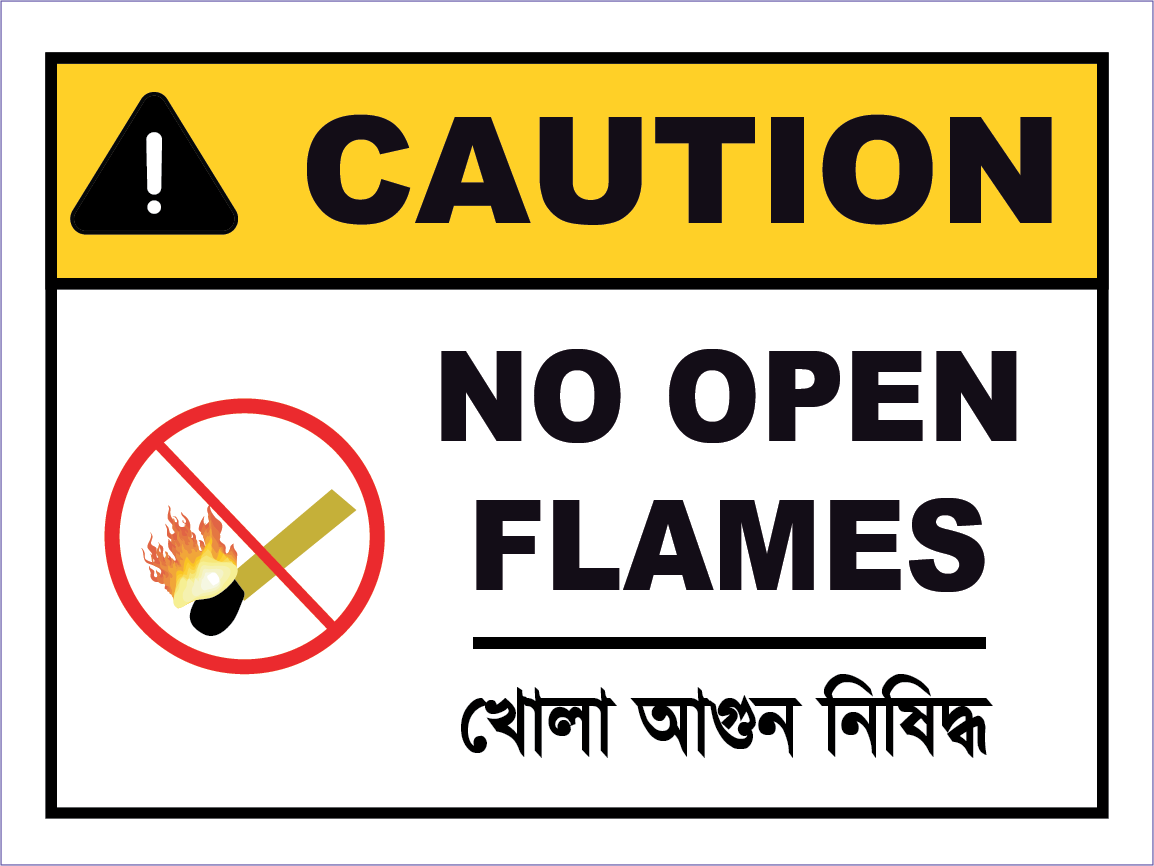
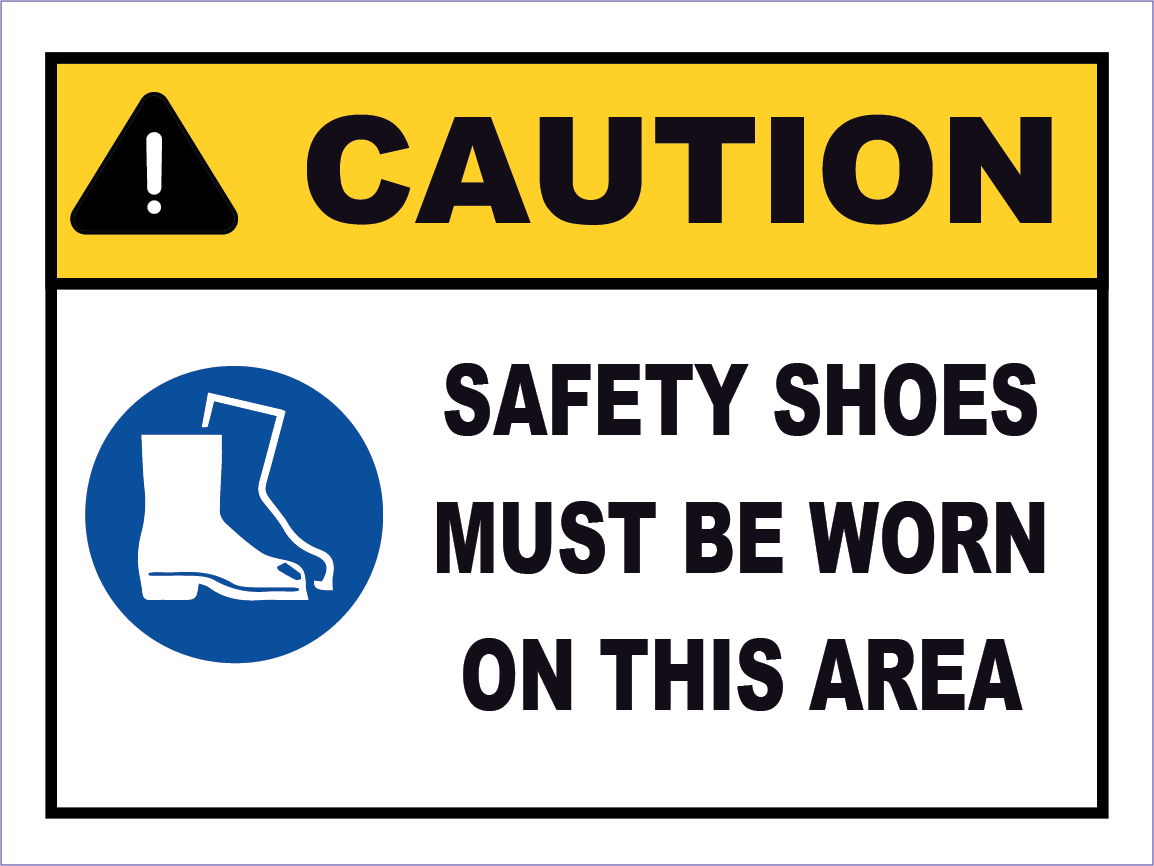

Bilingual Safety Signs
Danger Signs, Warning Signs, Mandatory Signs, Caution Signs, Prohibition Signs
Enhancing Workplace Safety with Bilingual Safety Signs
Introduction: The Importance of Bilingual Safety Signs
Effective communication in the workplace is crucial for ensuring safety, especially in multilingual environments. Bilingual safety signs are essential tools that help convey important safety information to all employees, regardless of their native language. This article delves into the significance of bilingual safety signs, including danger signs, warning signs, mandatory signs, and caution signs, across various industries.
Why Bilingual Safety Signs Matter
Bilingual safety signs act as universal communicators, ensuring that crucial safety information is accessible to everyone. Industries such as garment factories, dyeing and washing facilities, pharmaceutical companies, and tanneries rely heavily on these signs to maintain a safe working environment. These signs are not just visual aids; they are integral components of workplace safety.


Your Custom Evacuation Floor Plan Design
The Essential Guide to Fire Safety Evacuation Floor Plans
Ensuring the safety of employees in factories, industries, and companies worldwide hinges on having a meticulously designed fire safety evacuation floor plan. This article delves into the critical nature of these plans, particularly in compliance with US and European standards, and emphasizes their role in safeguarding worker and personnel safety.
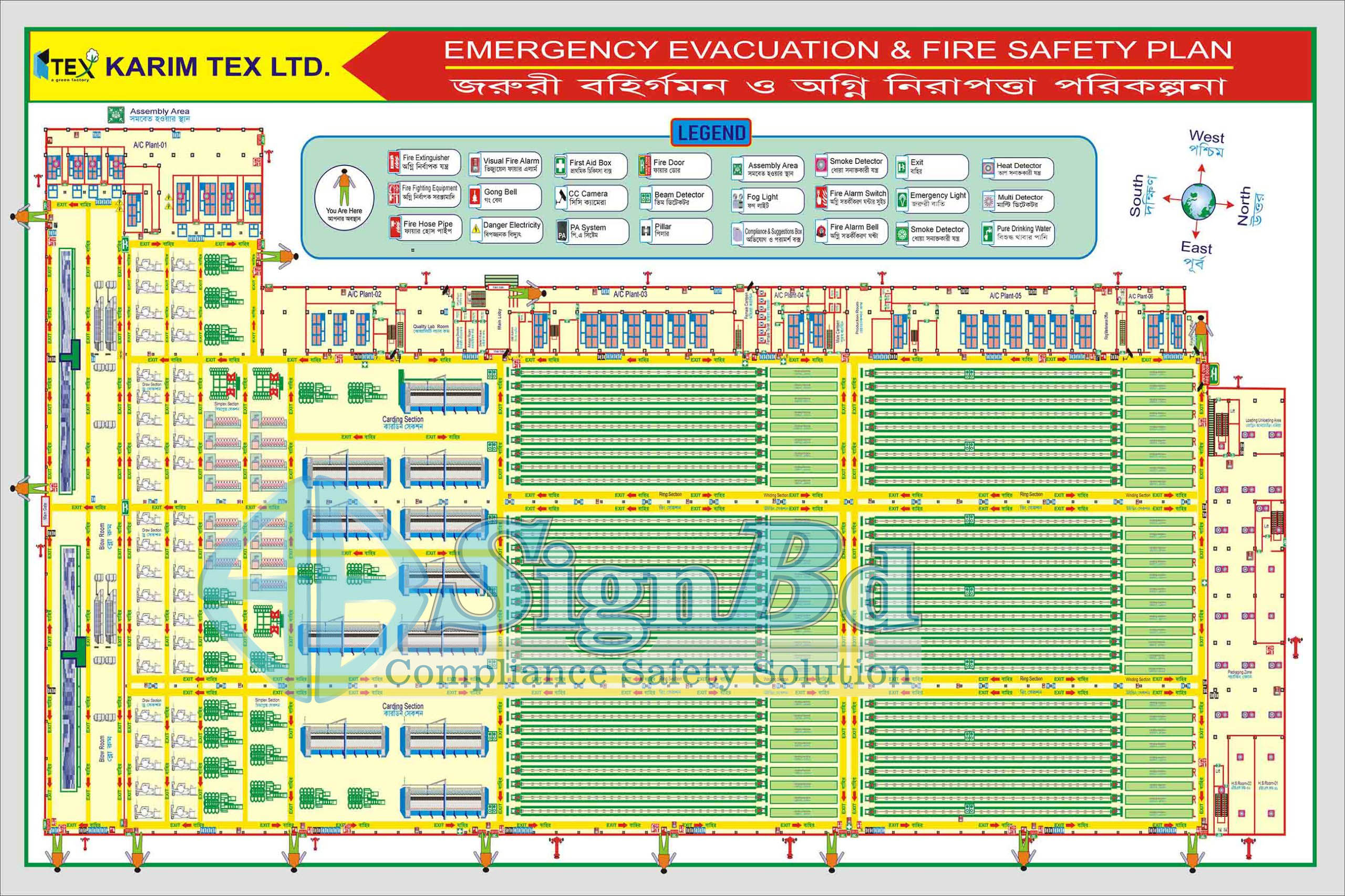
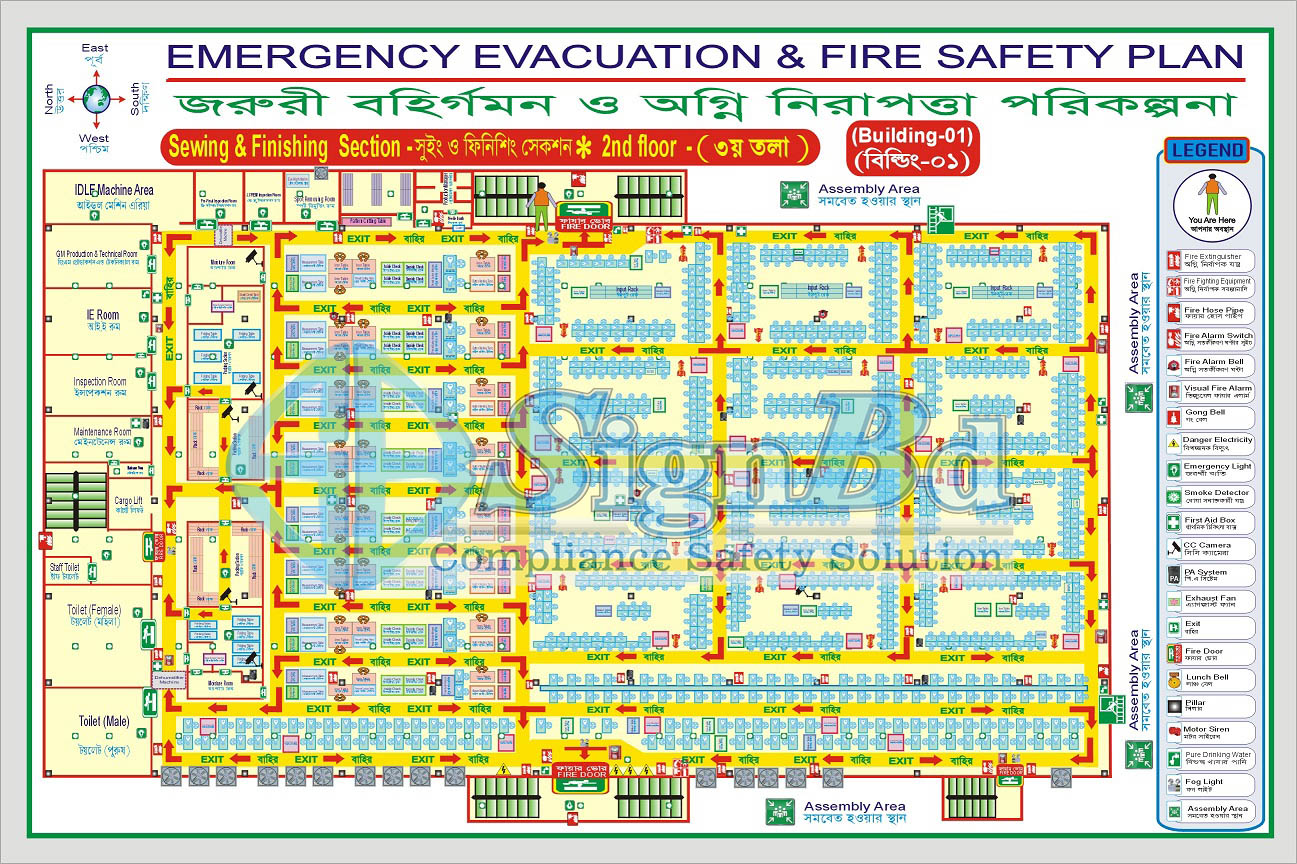
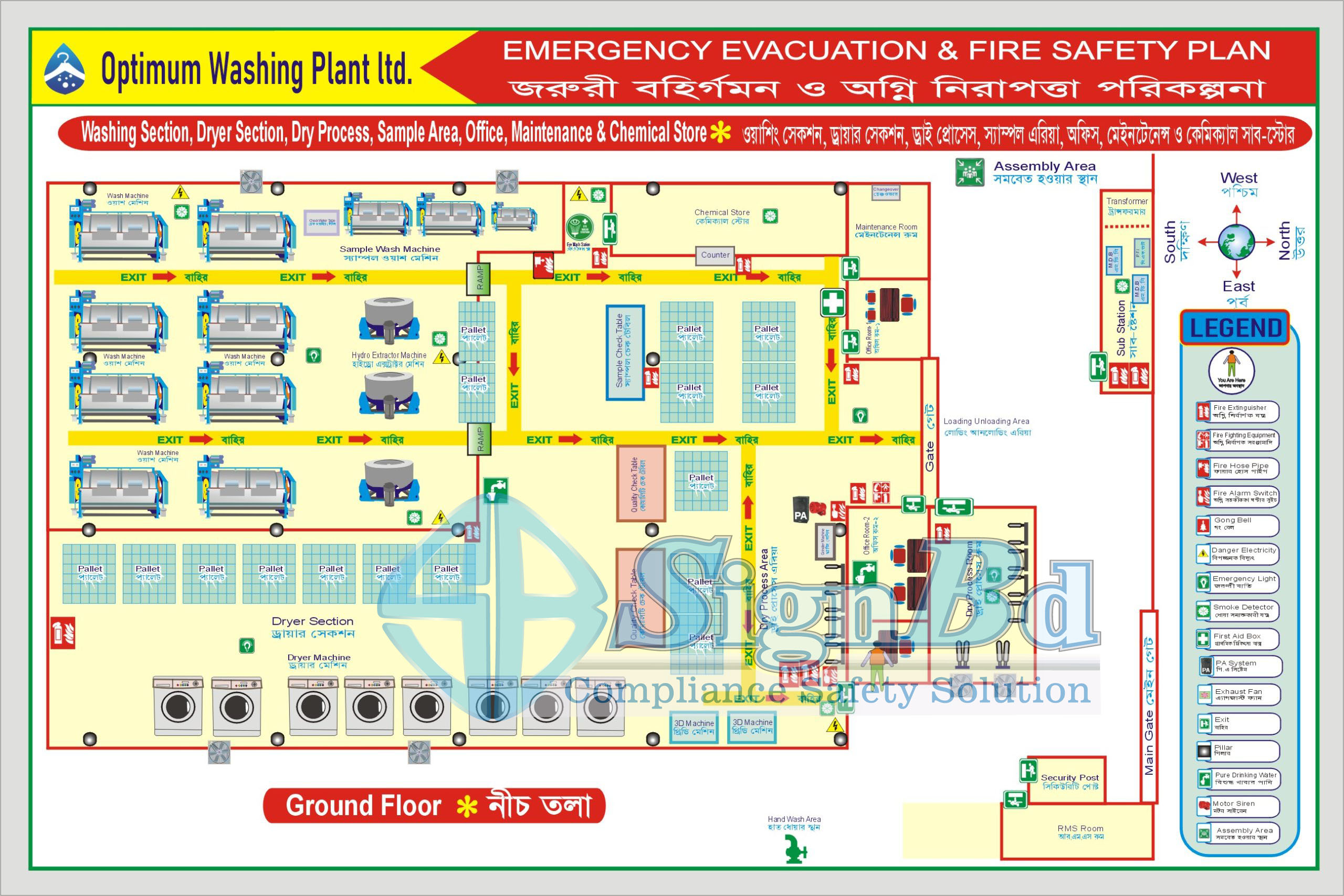
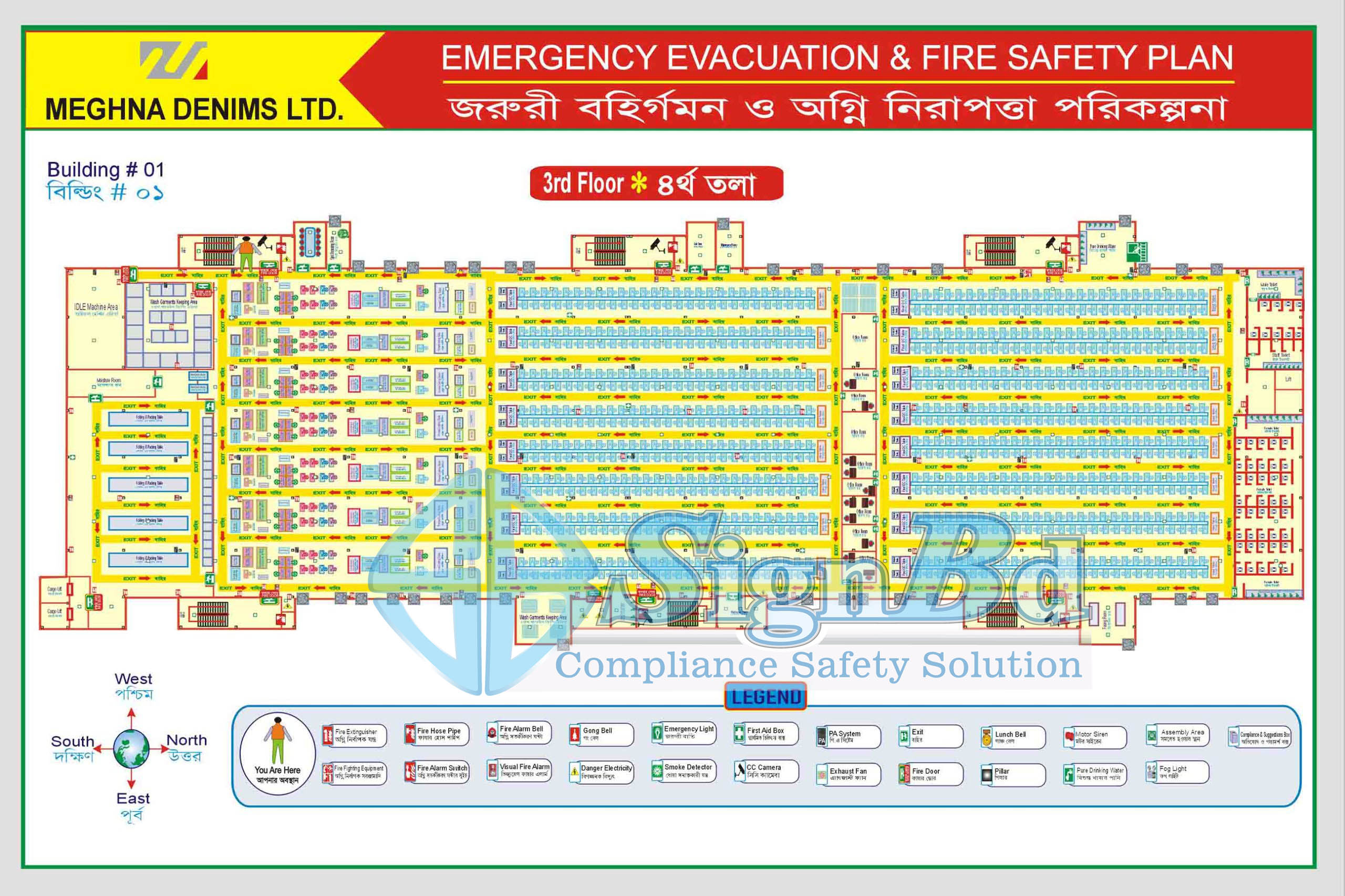
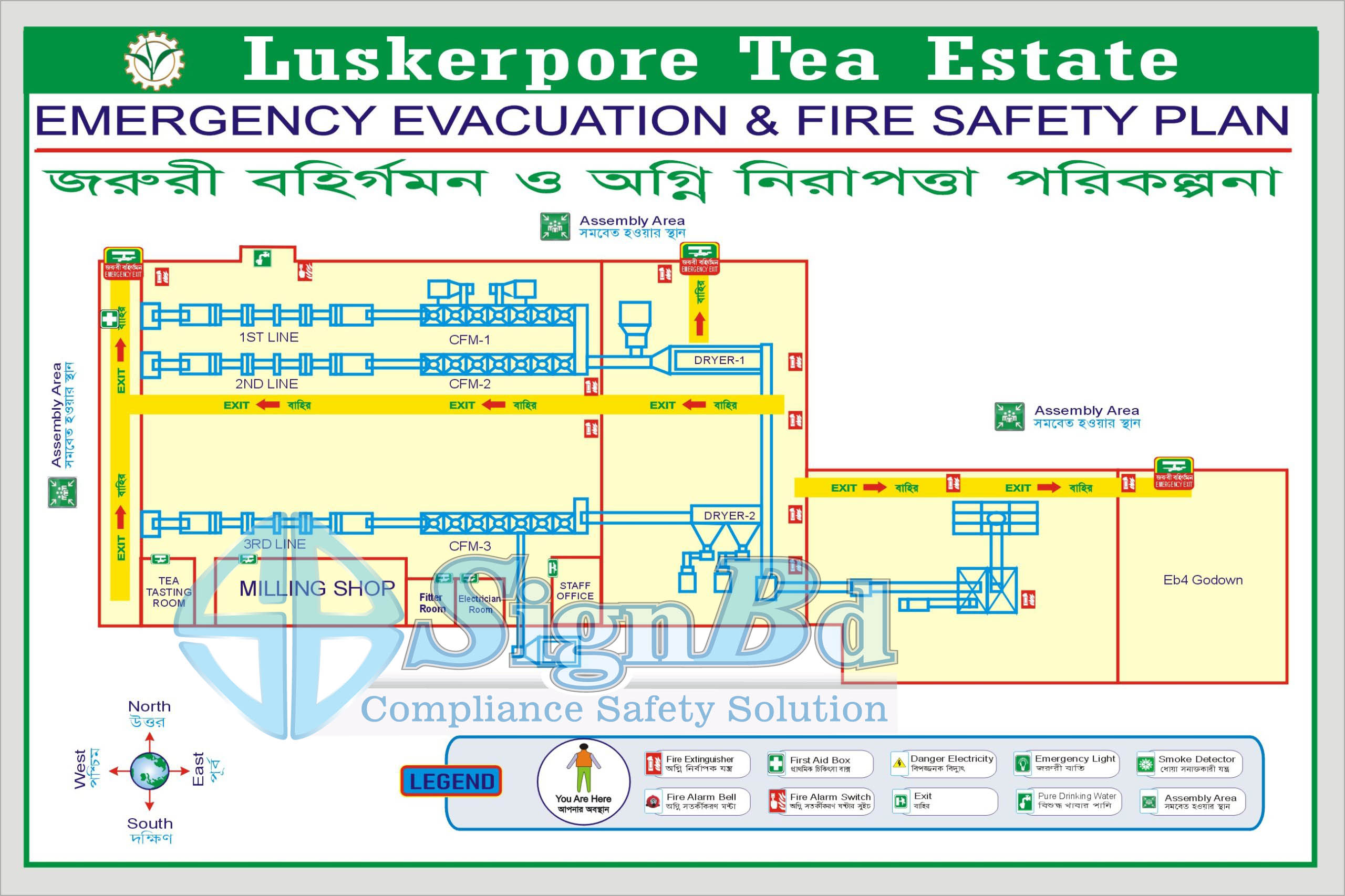
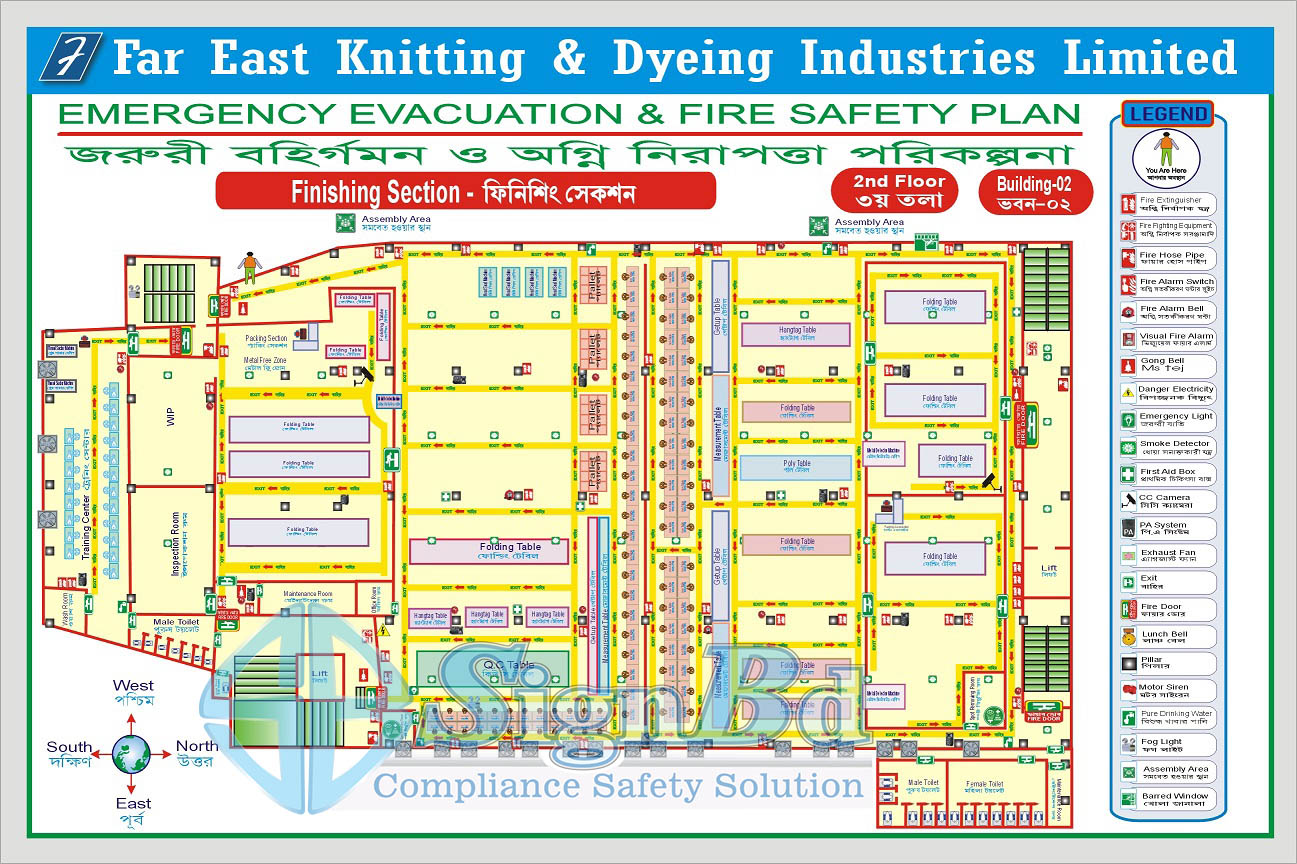

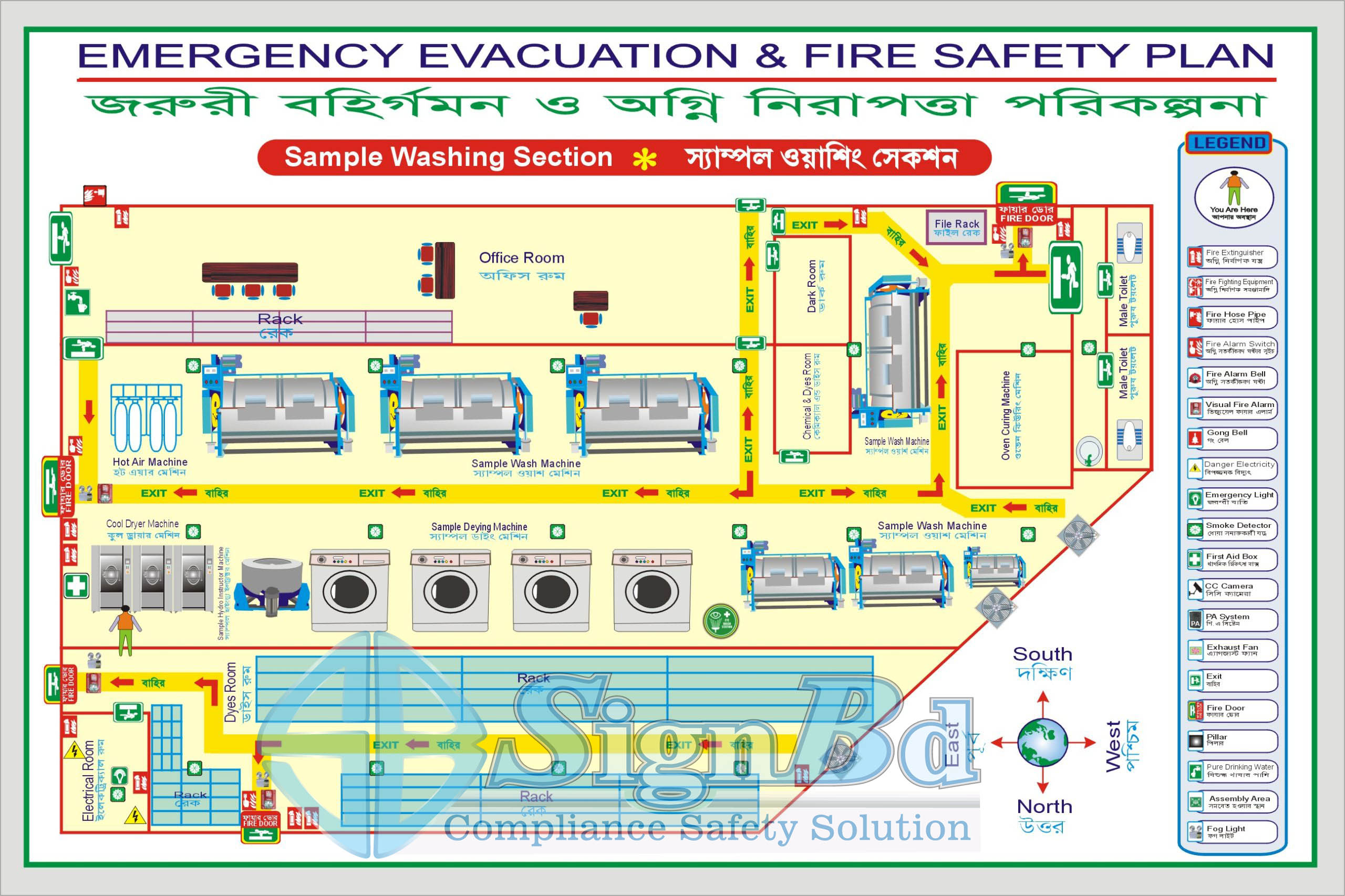
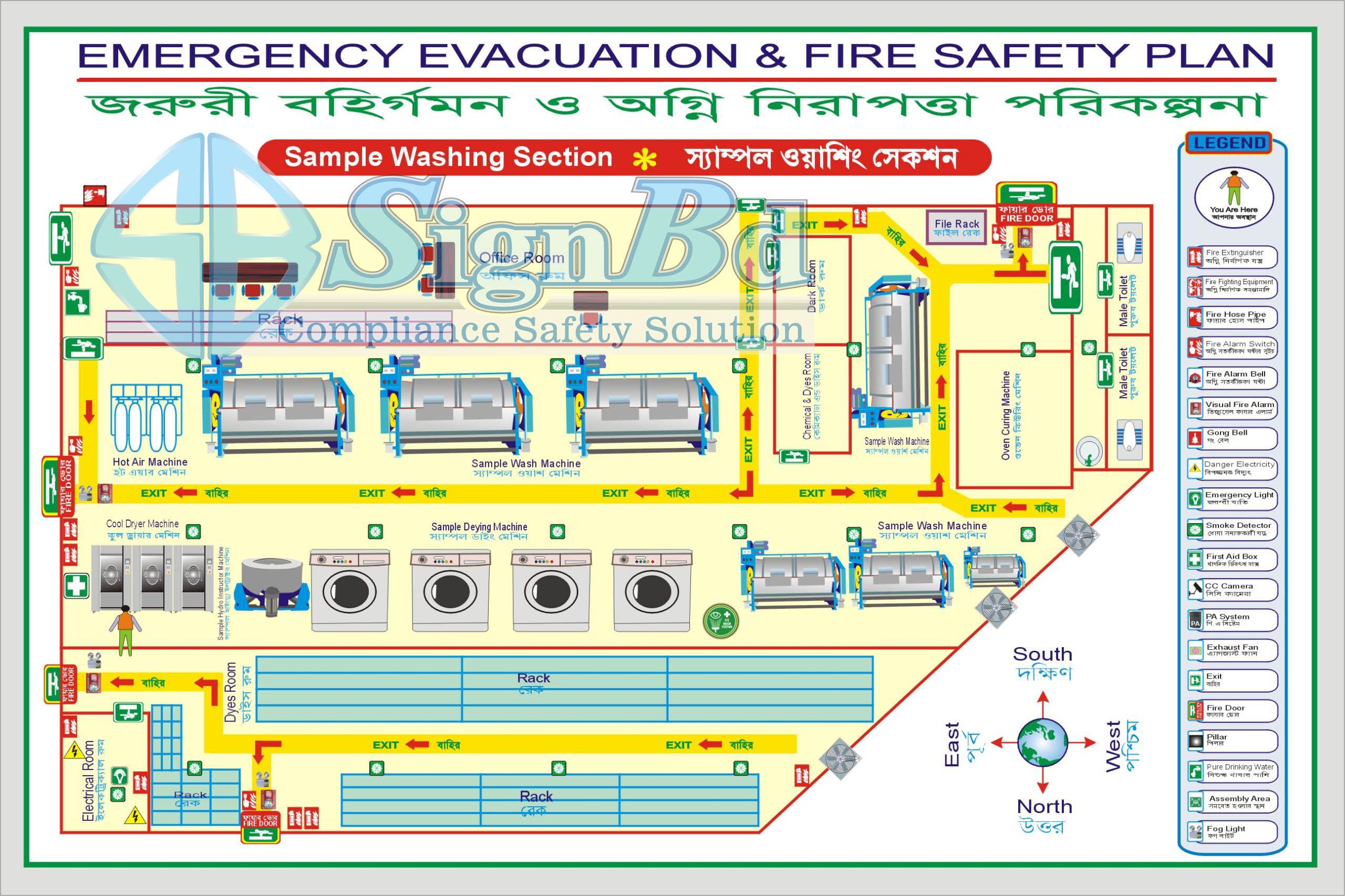

Compliance-Related Custom Sign Design
In ensuring safety and compliance in various industries, having the right signage is crucial.
SignBd specializes in compliance-related safety signs, risk assessments, flow charts, operating procedures, policies, MSDS, fire safety evacuation floor plans (drawing designs), fire safety signs.
Compliance-related safety signs, and chemical safety signs are custom designed.
We have completed expertise in Garment Factories, Green Factories, Textile and Shoe Factories, Pharmaceutical Companies, Washing Factories, Foods, Dyeing Factories, Dyeing Finishing, Tannery and ETP industries.
US and European buyers are active in these industries.
SignBd is experienced in custom sign design according to Fire Safety Evacuation Floor Plan category.
Our expertise spans since 2006.
Wherever you are? Share your plan with us. Our team is always ready to serve you.
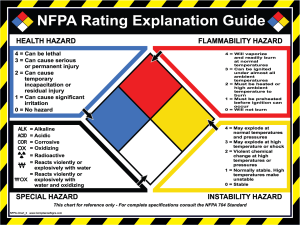
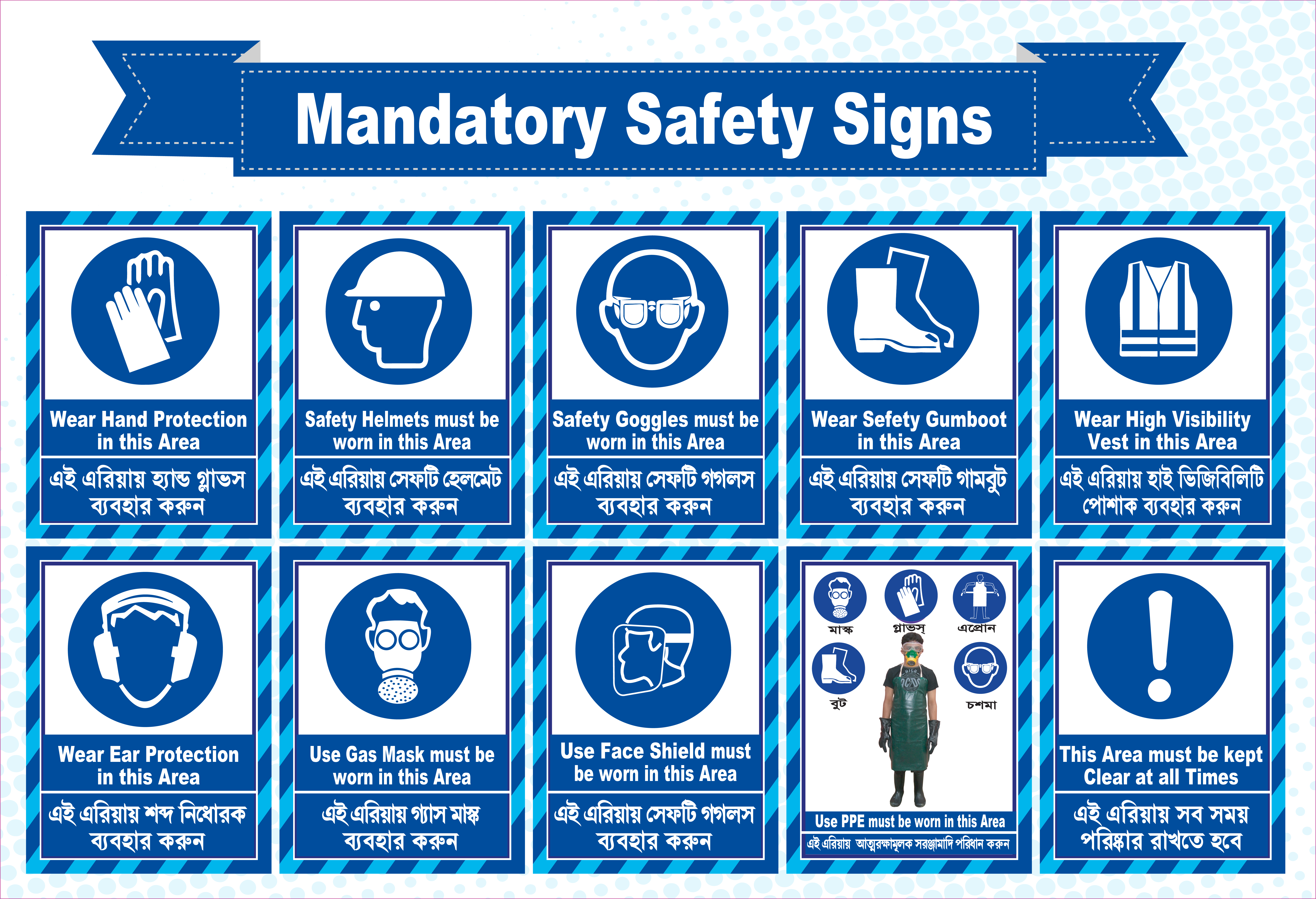


OSHA Safety Signs
OSHA Safety Signs: A Comprehensive Guide to Ensuring Workplace Safety
Understanding the critical role of OSHA safety signs in the workplace is essential. These signs fall into four main categories: Danger, Warning, Caution, and Notification. Each serves a unique purpose in addressing varying levels of risk. Why are OSHA standards vital for safeguarding employees and workers?
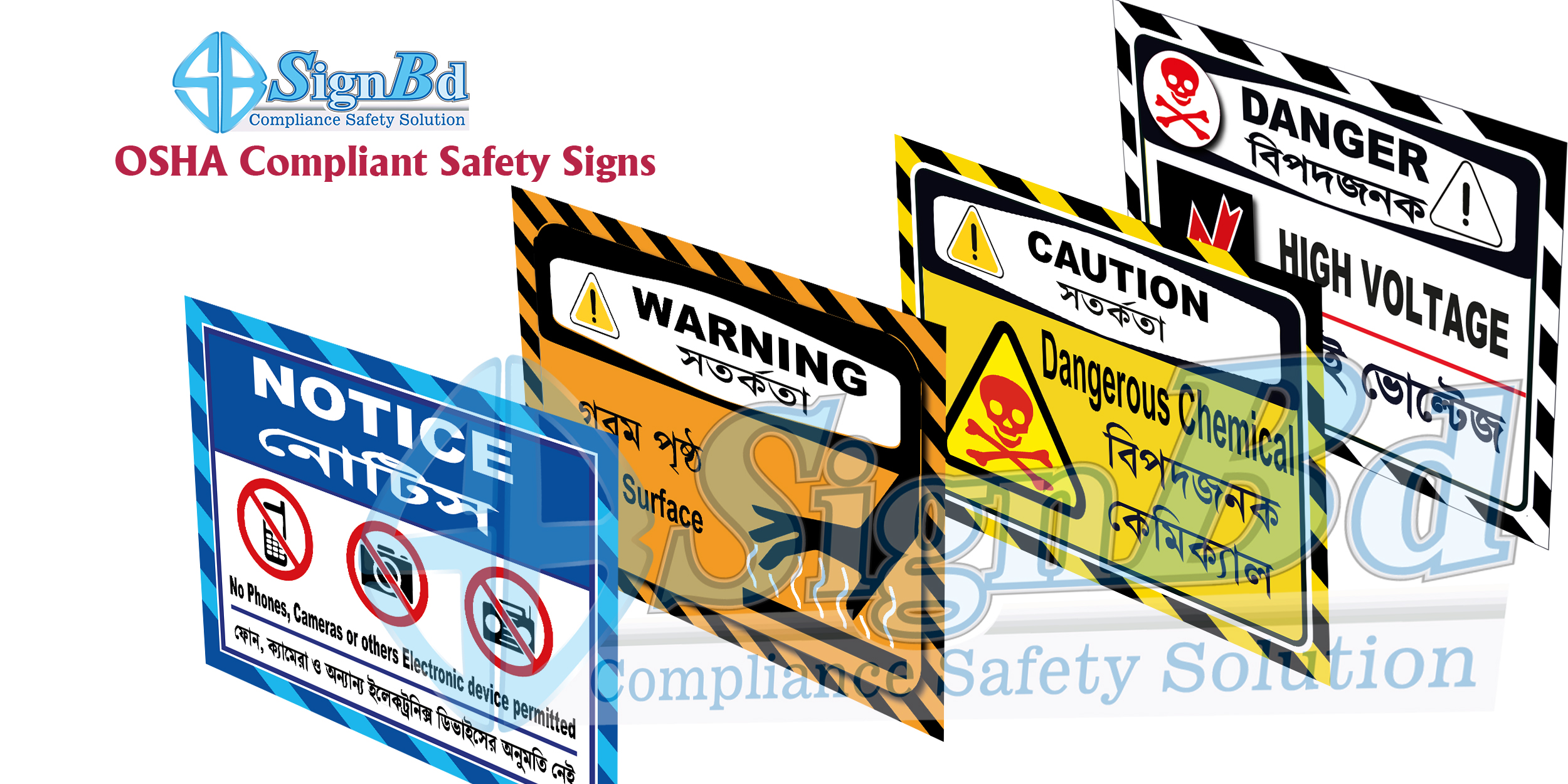

ANSI Safety Sign
Understanding and Implementing ANSI Safety Sign Standards
The American National Standards Institute (ANSI) sets the benchmark for safety and accident prevention through comprehensive guidelines, particularly ANSI Z535.4-2011 (R2017). These guidelines are crucial for creating effective safety signs and labels across various industries. Whether it’s a label or a sign, the primary goal is to convey critical safety information to comply with ANSI standards. Let’s delve into the importance of adhering to ANSI safety sign standards.
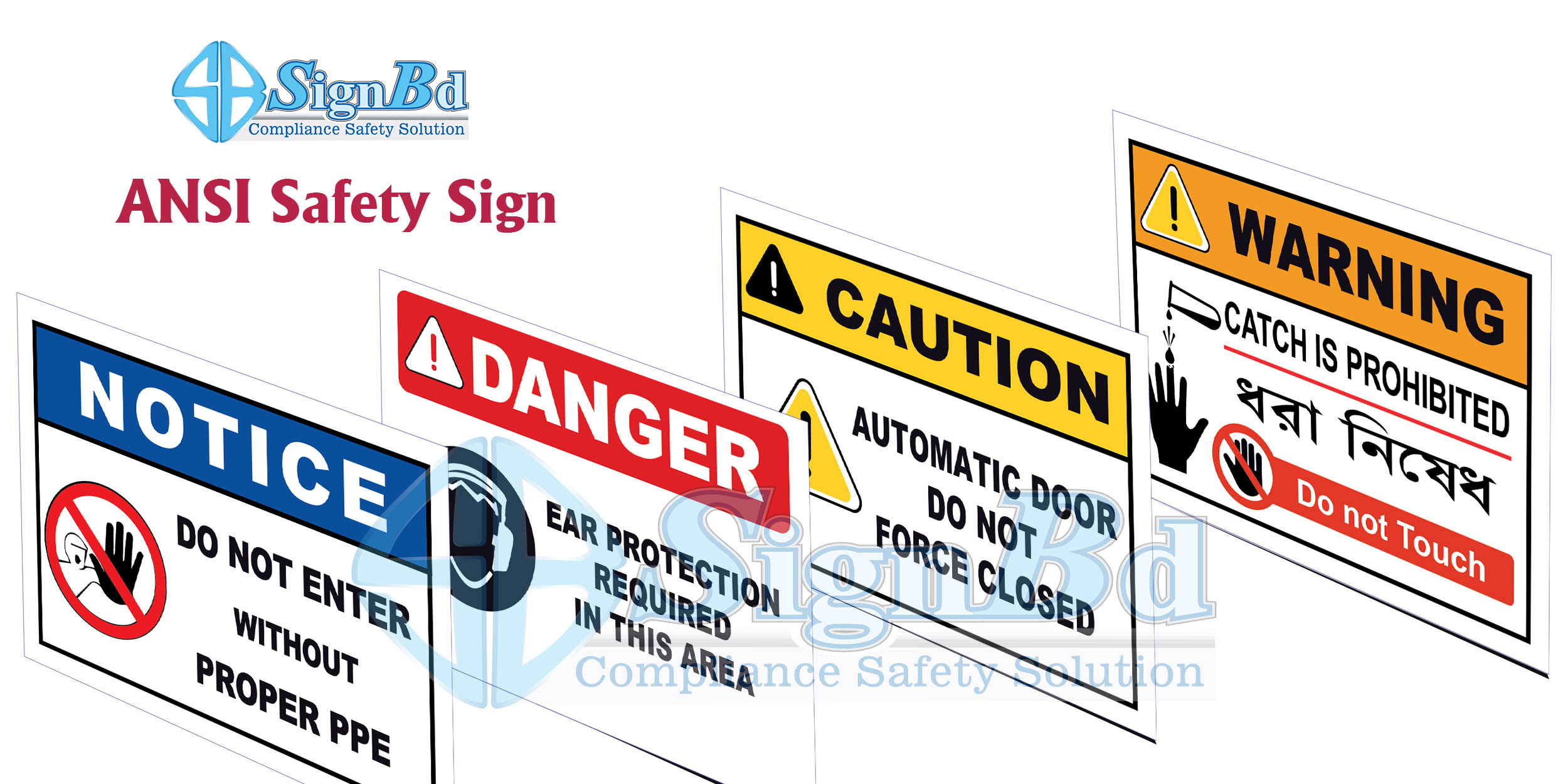

ISO Safety Signs
Enhancing Workplace Safety with ISO Safety Signs
In the modern workplace, safety is of utmost importance. One of the key elements in maintaining a safe environment is the use of ISO safety signs. These signs, governed by the ISO 7010 standard, are crucial for effective safety communication. They play a significant role in preventing accidents, ensuring fire safety, communicating health hazards, and facilitating emergency evacuations.

PPE Safety Sign
The Importance of PPE Safety Signs in the Workplace
What is PPE?
Personal Protective Equipment (PPE) refers to specialized clothing and equipment designed to shield the wearer from injury or infection. This includes items like protective clothing, helmets, gloves, goggles, and boots. PPE is crucial in various workplaces to protect workers from potential hazards such as chemical, radiological, physical, electrical, and mechanical dangers. Ensuring the use of PPE significantly reduces the risk of serious injuries and illnesses in the workplace.
Gate in Touch:
Copyright © 2006 | Powered by signbd
